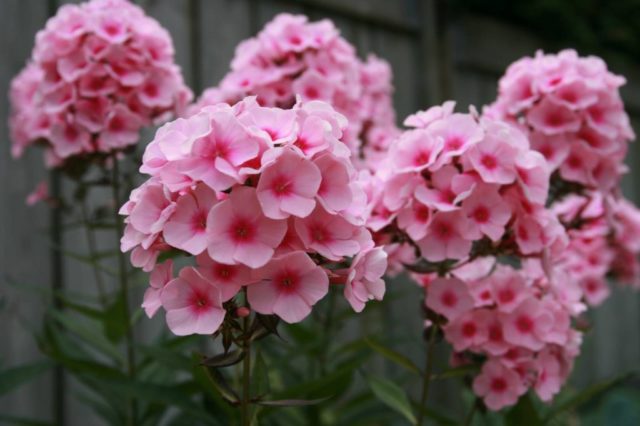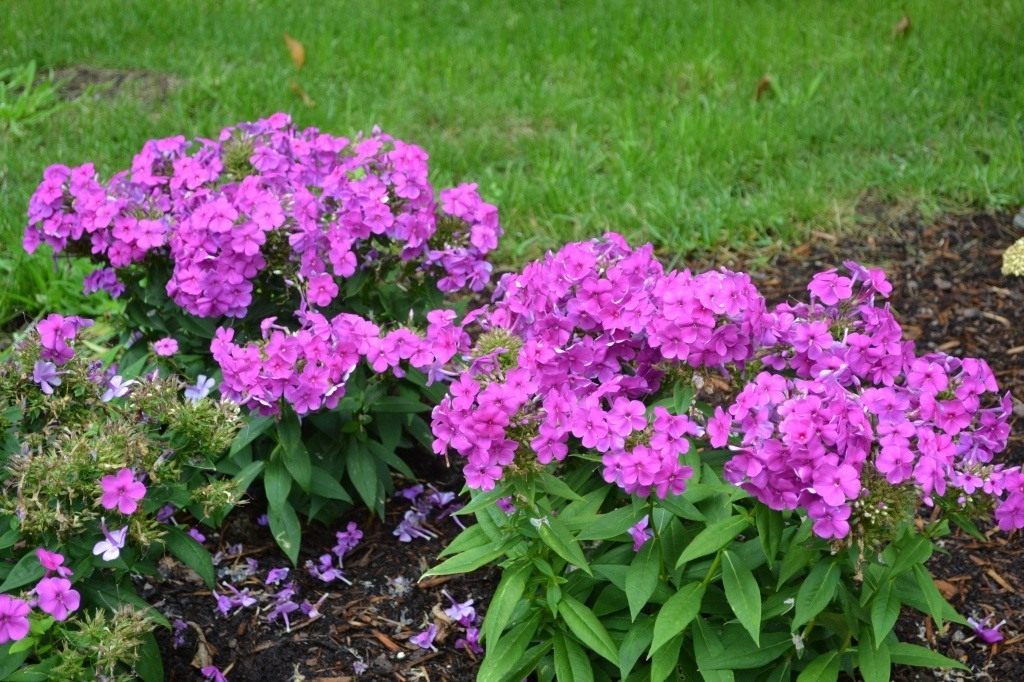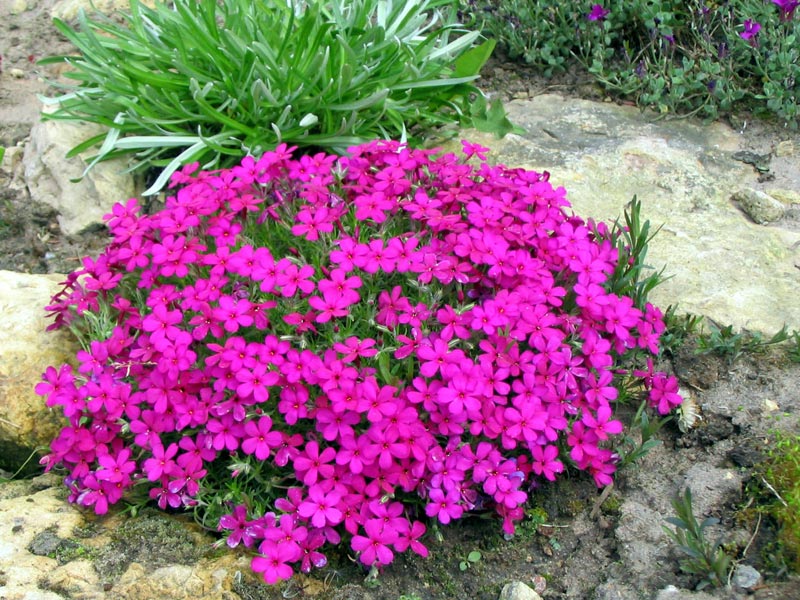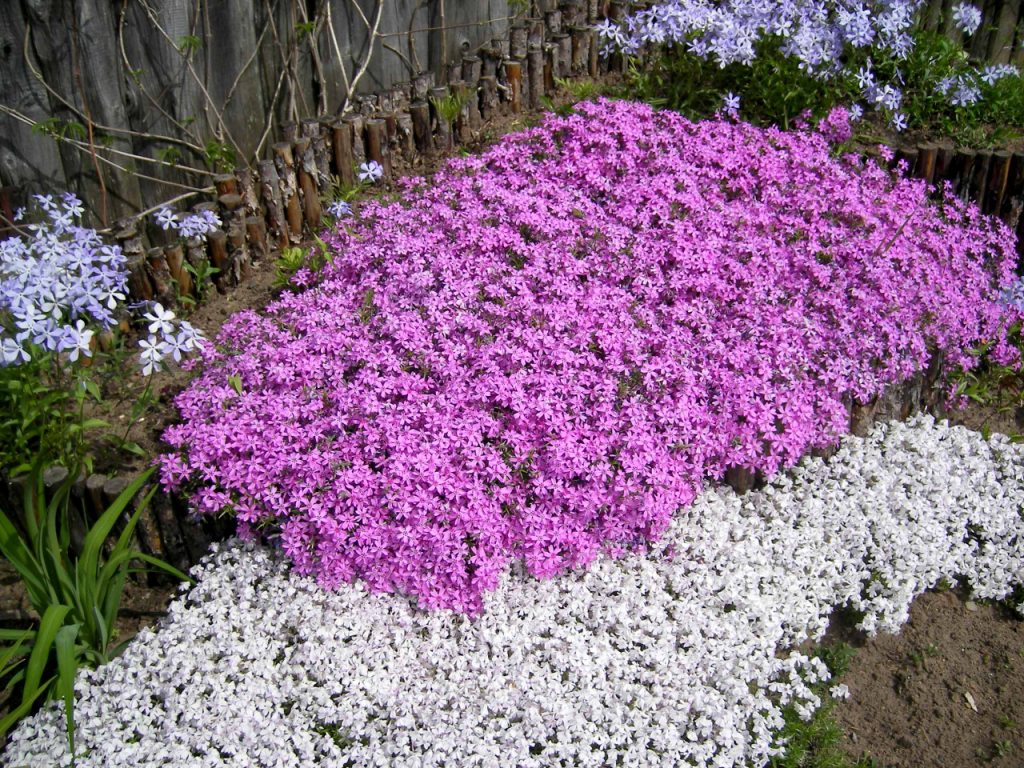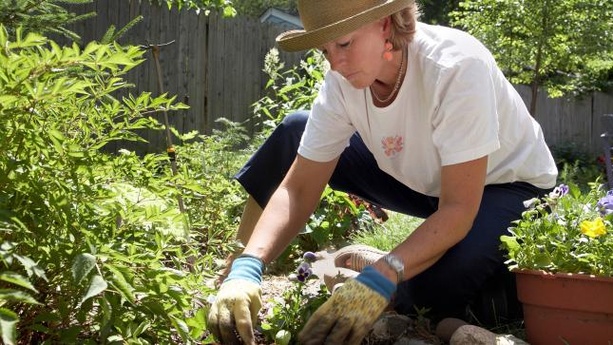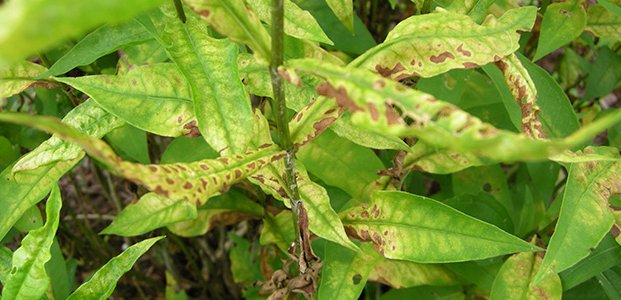Content:
Phlox is a perennial flower species that easily tolerates winter in the garden. They do not require special care, are able to grow and develop in different conditions and in many types of soil. The name was given to them by the famous scientist and naturalist K. Linnaeus. Initially, the color of this plant was red, hence the name "floko", which is translated from Latin as "flame". There is even a whole legend associated with him. Where the torches of Odysseus fell, these amazingly beautiful flowers grew. In reality, phlox perennials originate in Canada, annuals were brought later to Europe.
Briefly about culture
Phloxes hold the record for the longest flowering time. It is also one of the few flowers that winter in the garden without the need for shelter before frost.
In total, there are about 600 species of these flowers, of which only one is annual.
In the garden, they are planted with cuttings or seeds. Phlox blooms beautifully and luxuriantly, quite abundantly, but with proper care. They are absolutely diverse in color: white with pinkish and red shades, blue, purple. They perfectly complement flower arrangements and delight the eye with their flowering in the flower bed.
Plant characteristic
The height of the stems varies depending on the species in the range from 10 to 150 cm. They are mainly creeping, but can be erect or ascending.
The generally accepted classification by the shape and height of the stems:
- ground cover;
- loose turf;
- bush high;
- bush medium.
The leaves are oblong with a sharp top and base, sessile shoots are located on different sides of the stem. The root system of the flower is massive. He loves moisture, but cannot stand stagnant water. The roots branch and penetrate approximately 20 cm deep. The main root system is 10 cm deep, sometimes less.
The flowers themselves are small, up to 4 cm in diameter, up to 100 pcs are found in the inflorescence. They are very fragrant, tubular-collar-shaped. There are wheel-shaped, notched, deeply dissected and stellate corollas. The flower has 5 pistils and 1 stamen. The color is very different: it can be with strokes, more often purple shades.
Most of the species are collected in lush inflorescences, at the end of which are scutes or panicles, which is usually inherent in perennial phlox varieties. There are also single flowers.
The fruit looks like an oval box. In 1 g up to 80 seeds.
Popular species and varieties
Low-growing perennial phloxes include several subspecies:
- Douglas;
- subulate;
- dwarf;
- northern;
- spread out;
- snowy;
- multi-flowered.
All low perennials grow on loose and well-fertilized, drained soils. Excess moisture causes a negative effect. They do not need mineral fertilizers, but they feel good with them. They have a very pleasant light aroma. Low perennial phloxes have a typical color for this species. Height ranges from 7 to 40 cm.
Dwarf phlox loves dry soil. Refers to creeping species. Not often used by gardeners due to high growing requirements.The flowers are usually yellow, white and pink in various variations. Often forms inflorescences. These mini phloxes are very winter hardy. In addition, they have a high resistance to various diseases.
Perennial ground cover phlox, or Douglas, is sometimes called double carnation, because before flowering, its greenery remembers a low cap of moss. The flowers reach a height of 6-7 cm. Flowering begins at the very end of spring - early summer. The stems of the plant are green all year round, which is a big plus. They grow in flat and dry areas, mostly sunny. Ground cover phlox develops well thanks to mineral fertilizers. Its seedling is inexpensive.
Shade-loving phloxes hardly differ from other species. As the name suggests, they grow in the shade. They are not whimsical to the soil, they prefer loose and light.
Phlox yellow perennials differ only in color, although completely yellow flowers of this species do not exist. Rather, they have a light green color or a mixture of several shades in combination with a yellow border.
Creeping phlox are low-growing and early flowering types, reaching a height of 17-18 cm. They have umbellate inflorescences that can form in the form of a cap. Dissolve buds of pink, purple and red shades. Bloom in May - June. The stem is well developed and curls strongly.
The Canadian phlox is also called splayed. It has an average height in comparison with the others, which reaches 35-40 cm. It has rather large flowers, does not form seeds. Violet-blue palette with an admixture of white prevails.
Features of planting and crop care
These flowers love moisture, but it should not be in excess, otherwise they will die. It is worth planting in high beds, where the massive root system will be comfortable. There, the moisture level will be at the desired level. The bed height should be no more than 15 cm.
When planting flowers, you should give preference to loose and nutritious soil. Phloxes like to bask in the sun or partial shade, with the exception of single species. In the sun, their splendor and color will be at their best, but in the shade they bloom for a week, another longer.
Planted in early spring or early fall.
Phlox propagates by seeds, stem and root cuttings, axillary buds and shoots, dividing the bush.
Special care is not required, it is enough to remove weeds, feed and water regularly, and also loosen the soil. Occasionally treat against parasites and diseases. How much to add minerals is usually written on the packaging.
This species winters well under a snow cap. If there is no snow, then you will need to cover the bushes with something from frost, but not like roses. Otherwise, the flowers will die.
Major diseases and pests and control measures
Phloxes can be susceptible to viral, fungal and mycoplasma diseases. Even properly planted plants can hurt.
The most common disease is variegation. This virus changes the color of the flower, disrupts the coloring pigment. However, it does not bloom so magnificently and has a sickly appearance. The vectors are insects and nematodes.
The following diseases also occur:
- rattle (leaf death);
- curliness of leaves;
- ring spot;
- necrotic spotting.
The most common of mycoplasma diseases is jaundice.
Also, perennials are susceptible to fungal diseases of powdery mildew and septoria.For the purpose of prevention, it is worth processing the tools that work with plants.
Of the pests, the type of phlox is spoiled by snails, slugs, and various types of caterpillars. They eat leaves and stems, especially during the period of initial growth.
Fungicides should be used to treat diseases, and insecticides to eliminate insects.
Perennial phloxes are beautiful and unpretentious flowers that do not require special care. The main thing is to provide them with proper conditions, and they will decorate the garden for many years.
